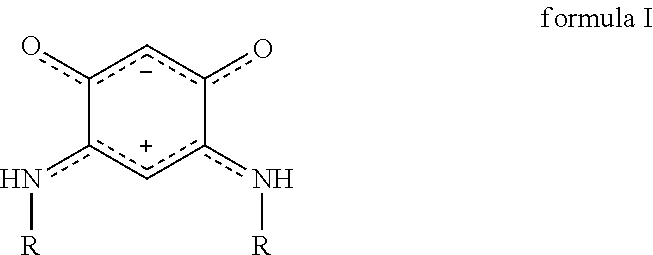Improved based interfacial layer for organic electronic devices
Référence
03640-01
Mots-clés
Statut des brevets
French priority patent application FR1003428 filed on August 23, 2011 and entitled “Utilisation de molécules à caractère zwitterionique pour la formation d’une couche de transport de trous ou d’électrons”




Inventeurs
Bernard DOUDIN
Pierre BRAUNSTEIN
Lucie ROUTABOUL
Guillaume DALMAS
Zhengzheng ZHANG
Peter DOWBEN
Statut commercial
Exclusive or non-exclusive license
Laboratoire
Institut de physique et chimie des matériaux de Strasbourg (IPCMS, UMR7177), Strasbourg, France
Description
CONTEXT
Electronic devices of organic type today represent a major technological development in the electronic devices industry.
For all these systems, it is essential to ensure that a sufficient current flows.
To do so, it became mandatory to use interfacial layers between the metal electrodes and the organic layer. In most devices, said layer is made of an organic film.
In the art, it is commonly accepted that one of the main bottlenecks in such devices is the limited capability of the metal contacts to inject holes into the organic semiconductors, thus limiting the flow of the current (and, for example, the light outlet) of the resulting device.
The key fundamental reason is the appearance of interface dipoles, resulting from a metal-organic charge imbalance creating surface dipoles at the interface.
There is clearly a demand for overcoming the disadvantages of the organic semiconducting films of the prior art and at providing molecular hole or electron transport systems.
TECHNICAL DESCRIPTION
In this present work, the inventors have developed a hole or electron transport layer using a molecule with a zwitterionic nature having then a strong intrinsic dipole (dipole moment of greater than or equal to 10 debyes).
Said molecule is a p-benzoquinone monoimine derivatives of following formula

Such interface results in an improved transport of electron or hole between the metal electrodes and the organic layer.
This is due to the zwitterionic nature which effectively and efficiently reduces the interface barrier. The resulting intrinsic dipole screens the harmful effect of the dipole of the metal interface, without introducing a thin dielectric limiting the current flow.